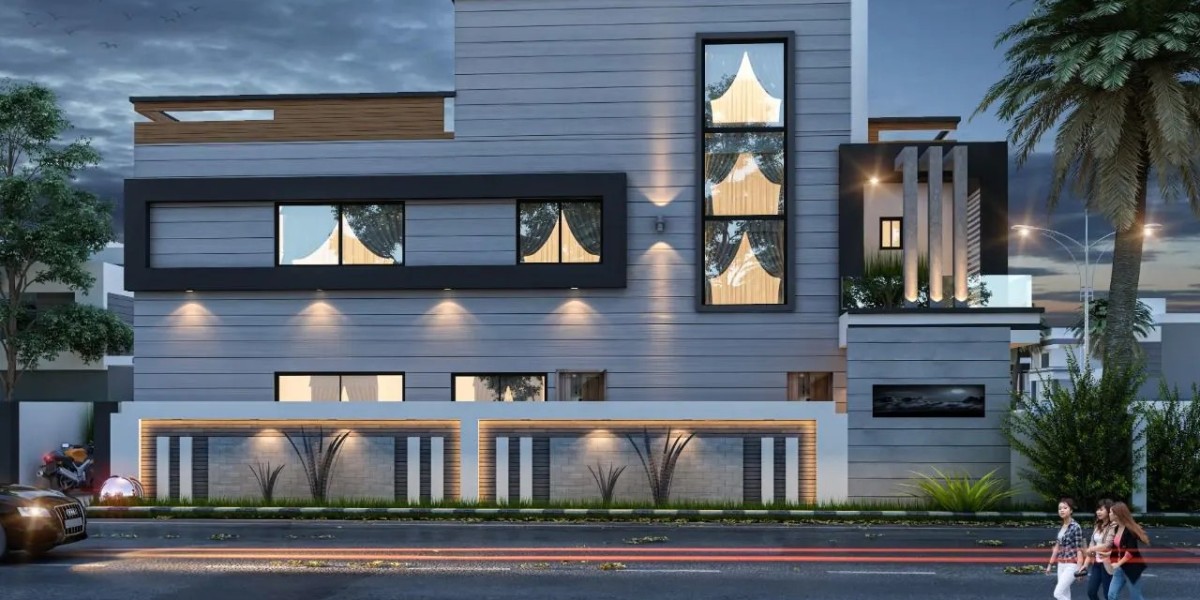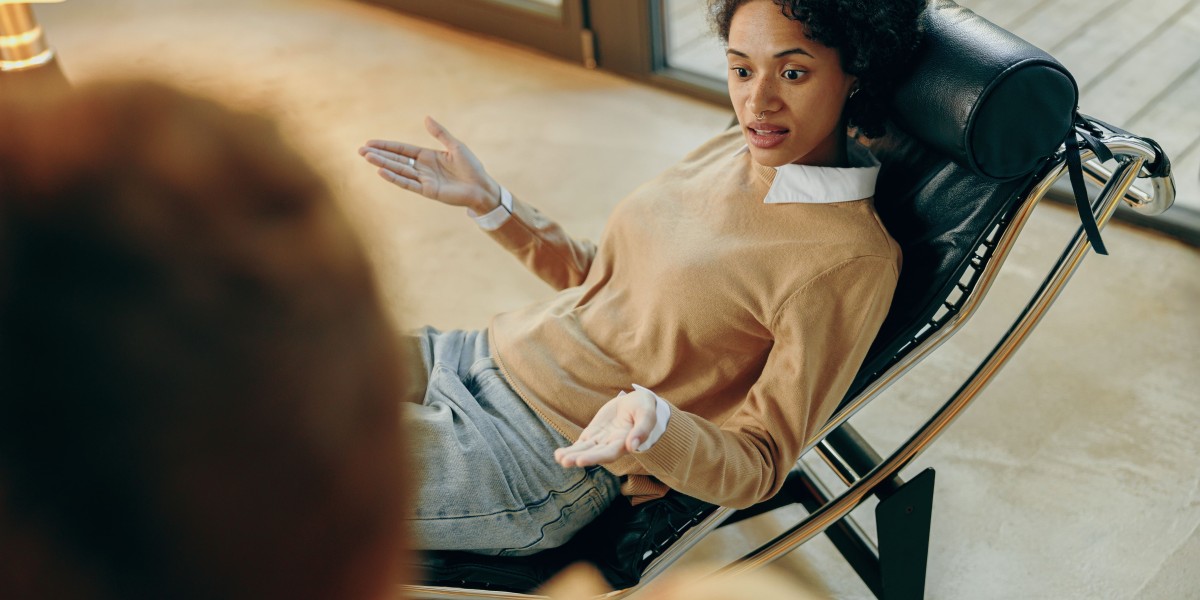Interior designing is not only about beauty and decoration. It is deeply connected with how a space works, feels, and serves its purpose. In Pakistan, whether it’s a home in Lahore, a farmhouse near Islamabad, or an office in Karachi, interior designers always begin their work by understanding the structure of the building. This structure, or architectural layout, is what we call the architectural flow.
This blog will explain in simple terms why interior designers depend on architectural flow to bring out the best functionality in any space. From local construction terms to design ideas, everything is written in an easy, natural style to help you understand how architecture and interior design work hand in hand.
What is Architectural Flow?
Architectural flow means how the rooms, hallways, doors, windows, and walls are arranged in a building. It also includes how natural light, air, and movement pass through space.
For example, when a guest enters a house from the main gate, where does the drawing room fall? Can one reach the kitchen easily from the dining room? Does the sunlight enter the bedroom in the morning? All these questions are part of architectural flow.
Why Interior Designers Cannot Work Without It?
Interior designers in cities like Lahore, Karachi, and Islamabad rely on architectural flow to do their job properly. Here's why:
Helps Understand Space Usage
Every room has a purpose – a function. In a Pakistani home, we have specific spaces like the TV lounge, sehan (courtyard), drawing room, and guest room. If these spaces are not placed properly in the architectural plan, the designer will struggle to decorate them in a functional way.
Interior designers check the floor plan first. This helps them understand how much space is available, where furniture can go, and how people will move in the space.
Supports Movement and Circulation
If the architectural flow is poor, even the best furniture or decoration cannot save the design. For example, if the dining area is far from the kitchen, it causes discomfort. If bedroom doors open into the living area directly, it affects privacy.
This is why famous interior designer services always begin their planning by studying the flow. They check where people will walk, where doors open, and how each room connects to the next.
Improves Natural Light and Ventilation
Interior designers also work with elements like curtains, blinds, lights, and wall colors. But all this depends on how natural light enters the space.
If the architect has designed big windows in the right direction (e.g., east or north), then the designer can plan the interiors to use that sunlight smartly. In cities like Multan or Bahawalpur where the weather is hot, good ventilation and light control are very important.
So, top architectural services always keep this in mind while planning, which later helps interior designers in their job.
Defines the Character of the Space
Every room has a mood or feeling. A bedroom should feel calm and peaceful, a lounge should feel warm and open, and a kitchen should be practical and clean.
Interior designers create this feeling using colors, furniture, textures, and lights. But the starting point is the room’s size, ceiling height, window placement – all part of architectural flow.
That’s why the designer first studies the architect’s plan before choosing any design element.
Helps with Functionality and Furniture Placement
Functionality means how easily a room supports daily life. If you put a sofa in front of a door, it blocks movement. If your wardrobe cannot open fully because the wall is too close, it’s bad planning.
Interior designers rely on the architectural flow to ensure there is enough room for beds, sofas, cabinets, and other furniture. They also check electrical points, plumbing lines, and other hidden details during the design process.
Makes Interior Design Affordable and Smooth
In Pakistan, many clients want smart, practical designs without spending too much. If the architectural plan is good, the designer does not need to break walls or shift doors to make the space useful.
This saves money and time. It also makes the work smoother for painters, carpenters, and electricians working under the designer’s instructions.
That’s why both famous interior designer services and top architectural services always stay connected during the whole project.
The Connection Between Architects and Interior Designers
Interior designers and architects are like teammates. The architect makes the building workable. The interior designer makes the building livable.
In Pakistani projects, especially in cities like Sialkot, Hyderabad, and Abbottabad, it’s now common for both professionals to work together from the beginning. Some design studios even offer both architectural and interior services under one roof.
Here’s how they work together:
Architects create structural design
Designers add function and aesthetics
Together they decide the layout, color schemes, furniture sizes, ceiling types, flooring materials, etc.
Real-Life Example from Pakistan
Let’s take an example of a 10 marla house in Bahria Town Lahore. The architect designs an open-plan lounge and dining area, with a large sliding window facing the lawn.
Now, the interior designer uses that space to create a family-friendly area with natural light, a cozy sofa set near the window, and a dining table that connects visually to the kitchen.
If the window was missing or the wall was placed differently, the design would have to change. So, the architectural flow directly controls what is possible for the interior designer.
Conclusion
Interior design is more than selecting colors or furniture. It starts with understanding how the building is planned. This is why interior designers rely on architectural flow to maximize function in homes, offices, and commercial spaces.
From planning furniture to managing natural light and making the space efficient, every step depends on how the building is structured. In Pakistan, the trend of famous interior designer services working closely with top architectural services is growing fast – and for a good reason.
If you're planning to build or renovate your space, remember: function always comes before fashion. And function begins with architectural flow. Interior design only shines when the base is strong.








